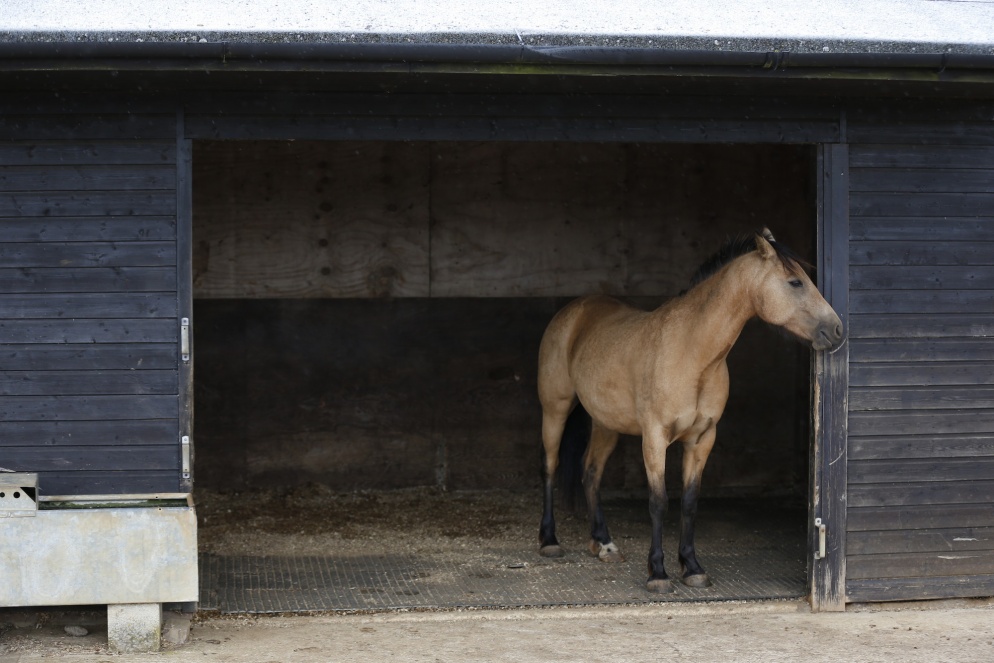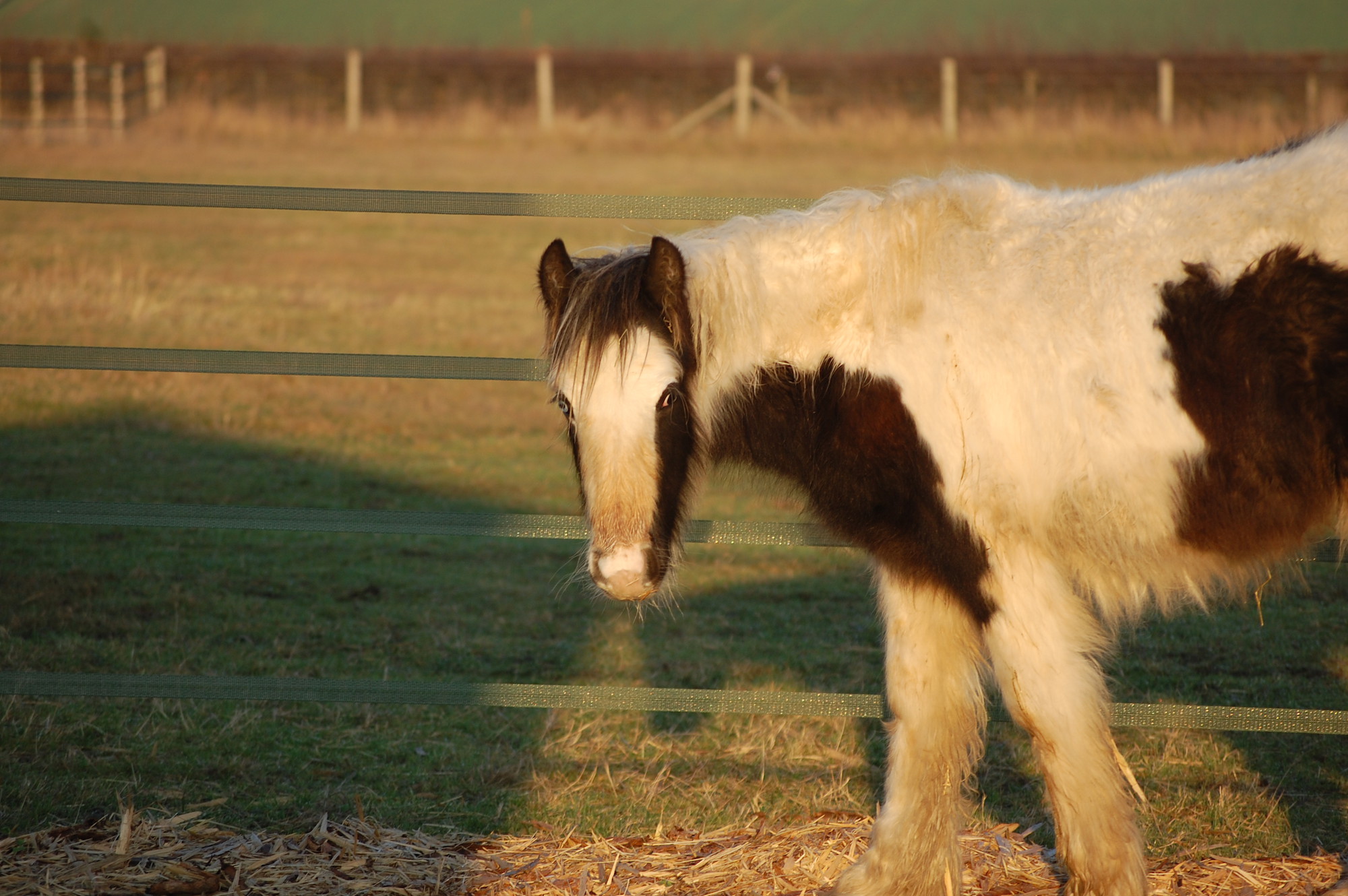
Fat Horse Slim
A killer disease is quietly spreading through the horse population of the United Kingdom and the disease is obesity.
Obesity has fatal consequences and causes severe, debilitating and painful symptoms. Next to colic it causes the most equine fatalities of any equine disease in the UK – yet it is 100% preventable.
Obesity in horses
Being overweight is one of the most serious problems a horse can have. As well as the increased risk of arthritis, heart disease and lung problems, it is directly linked to laminitis and hyperlipaemia (fat in the bloodstream).
Many equine vets recognise laminitis to be one of the most common causes of euthanasia in their practices. Veterinary medicine has made huge leaps in terms of diagnosis, yet cures for many common diseases still evade us.
Our responsibility to the horse is to prevent these diseases where we can – and excess weight in horses is certainly within our control.
Why is this problem increasing?
Before domestication horses lived on extensive areas as opportunistic grazers, much as zebras still do today. Unlike most domesticated horses, in a wild herd a horse is either growing, pregnant and/or has a foal at foot, while stallions work very hard to mate with mares and protect the herd.
Their main protection from predators is keeping on the move and rapid flight from danger – all needing a lot of energy. As such, they evolved to become efficient converters of low energy foods; we still see this in our native breeds which survive very well in barren, desolate landscapes.
The wild horse is designed to eat large amounts of grass during the summer when forage is plentiful and convert this to fat. This is in order to survive the lean period during the winter when there is no grass growth. Normally a wild horse would start the winter fat (body score four or over) but by the spring will have lost weight and may be quite thin (body score two or under), ready to start putting weight back on. The whole metabolism of the horse is designed around this annual fluctuation in weight.
Today, most horses don’t lose much weight in the winter yet the metabolic mechanisms that have developed over millions of years of evolution still operate. The Shetland pony for example, can thrive on the cold, windswept Shetland Isles. It is no surprise then, when given access to lush dairy pasture, that horses with native genes become obese and laminitic.
Today we have fat horses entering the winter whose bodies are preparing for starvation yet the ‘lean’ period never arrives – indeed winter feeding and rugging means that in many cases horses continue putting on weight at a time when their bodies are designed to be losing it.
The confusion that results contributes to an unfortunate trilogy of undesirable events often called equine metabolic syndrome: obesity, insulin resistance and increased circulating cortisol which can, in many cases, spark off a serious bout of laminitis.
Find out how to succeed in maintaining your horse at a healthy weight.
Could you tell if your horse was fat? Not sure? You are not alone!
Most people find it really hard to objectively assess or criticise their own animal. The Fat Horse Slim guide is designed to help you decide if your horse is in danger from being overweight and then give you the help you need to bring your horse back to good health.







